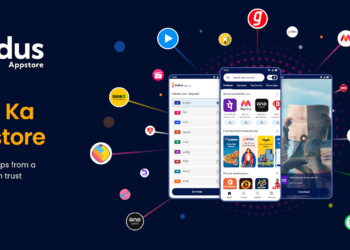The Next Wave of D2C: How Tech, Data, and Consumer Shifts Are Redefining Growth
In the early 2010s, India saw the rise of direct-to-consumer (D2C) brands aiming to bypass traditional retail channels. This shift was fueled by increasing internet penetration and the growing popularity of online marketplaces. However, these early D2C brands faced challenges like high customer acquisition costs and evolving logistics. Fast forward to today, and the D2C landscape has transformed significantly.
The Evolution of D2C Brands
D2C brands have come a long way from their initial struggles. The market is projected to reach $60 billion by 2027, growing at a 40% CAGR, according to a KPMG report. This growth is driven by several enablers:
- Ecommerce Platforms: Tools like Shopify make building an online storefront easier than ever.
- Logistics Optimization: Companies have improved delivery reliability and return management, enhancing the customer experience.
- Influencer Marketing: Brands leverage influencer and community-led commerce for authentic consumer engagement.
The Emergence of a New Consumer
Today’s D2C brands cater to a broader audience. In 2023, India had over 345 million digital shoppers, a number expected to exceed 400 million by 2027. This shift is significant:
- Tier II Cities: These areas are becoming key markets, with consumers who are value-conscious and digitally savvy.
- Premiumisation: Once a niche trend, it’s now mainstream, supporting brands with better margins and sustainable growth.
Online-First to Omnichannel
Early D2C brands found success online before expanding offline. Modern brands adopt a channel-agnostic approach, combining digital and physical presences. A notable trend is the rise of Quick Commerce, projected to grow to $9.94 billion by 2029.
Deep Vertical Plays
Instead of broadening their reach, successful D2C brands now focus on specific verticals:
- Niche Markets: From women’s fashion to pet nutrition, brands are building strong consumer relationships within focused areas.
- Customer Loyalty: By becoming essential to a specific audience, brands achieve better economics and loyalty.
Data-Driven Brand Building
Data is the backbone of modern D2C strategies. Brands use real-time analytics for continuous learning and iteration. This approach shifts the focus from aesthetics to intelligence, creating a strategic advantage.
A New Playbook for Growth
The second wave of D2C is characterized by:
- Insight-Led Decisions: Founders blend agility with long-term thinking.
- Community Building: Brands focus on creating relationships and communities powered by data.
For investors and operators, the emphasis is on sustainable growth rather than fleeting trends. The new playbook rewards those who can balance speed with sustainability, distribution reach with brand trust.
Final Thoughts
The D2C landscape is evolving rapidly, driven by technology, data, and changing consumer behaviors. As brands navigate this new terrain, the focus remains on building meaningful relationships with consumers. Are you ready to embrace this new wave of D2C?
For further insights on the D2C landscape, visit Shopify, a key enabler in this transformation.
By understanding these shifts, you can better position your brand in the ever-changing D2C market. What strategies will you adopt to stay ahead in this competitive landscape?




















